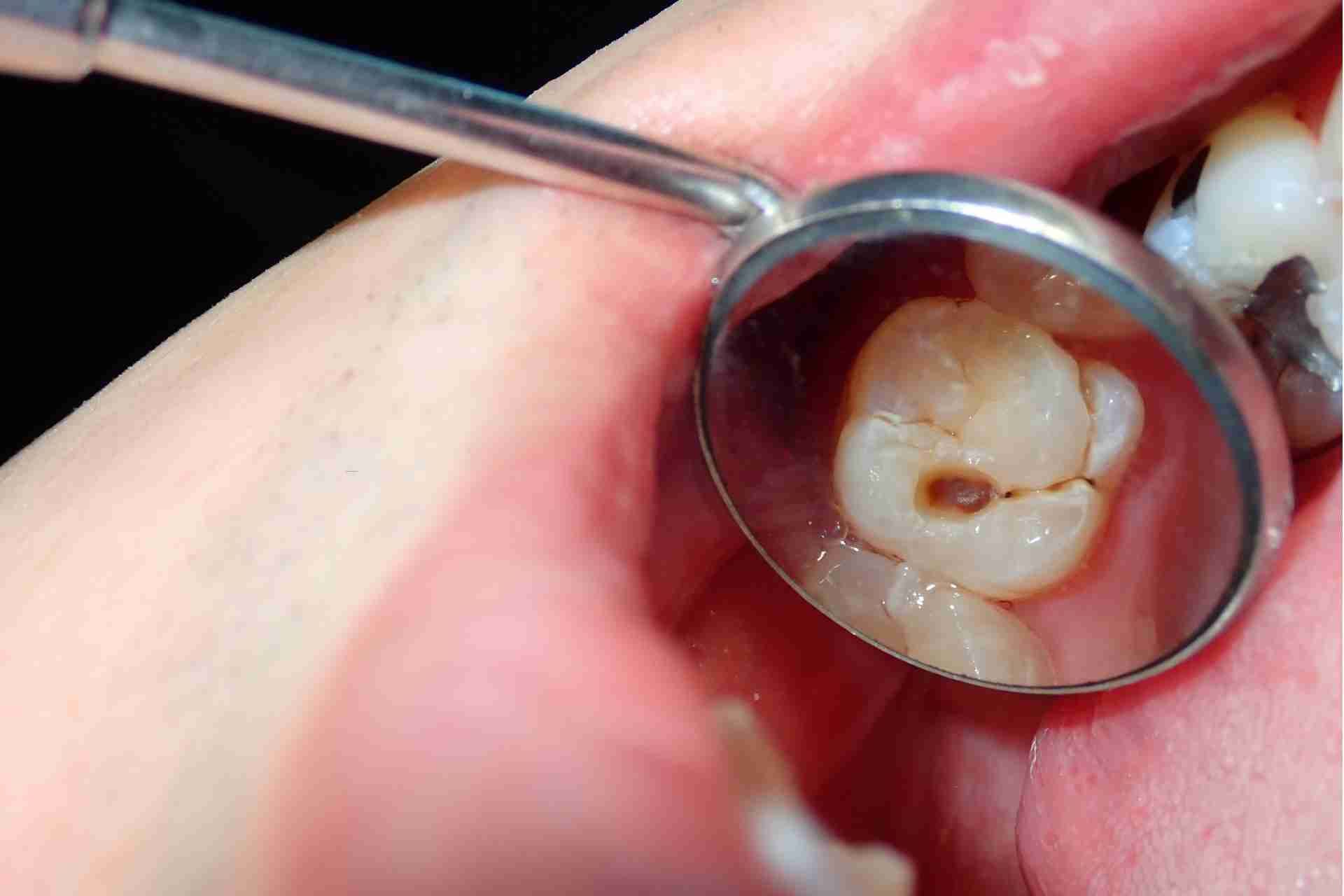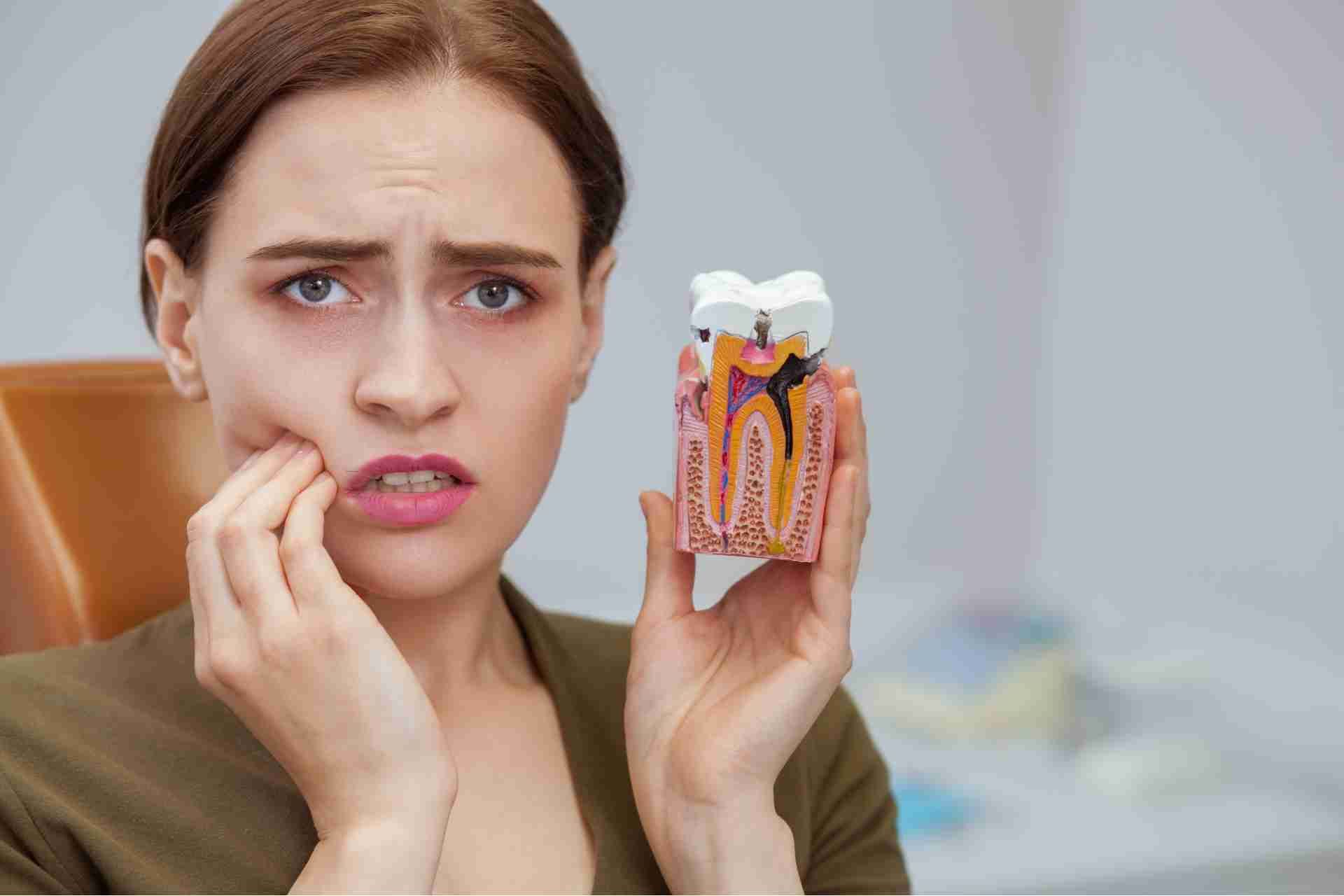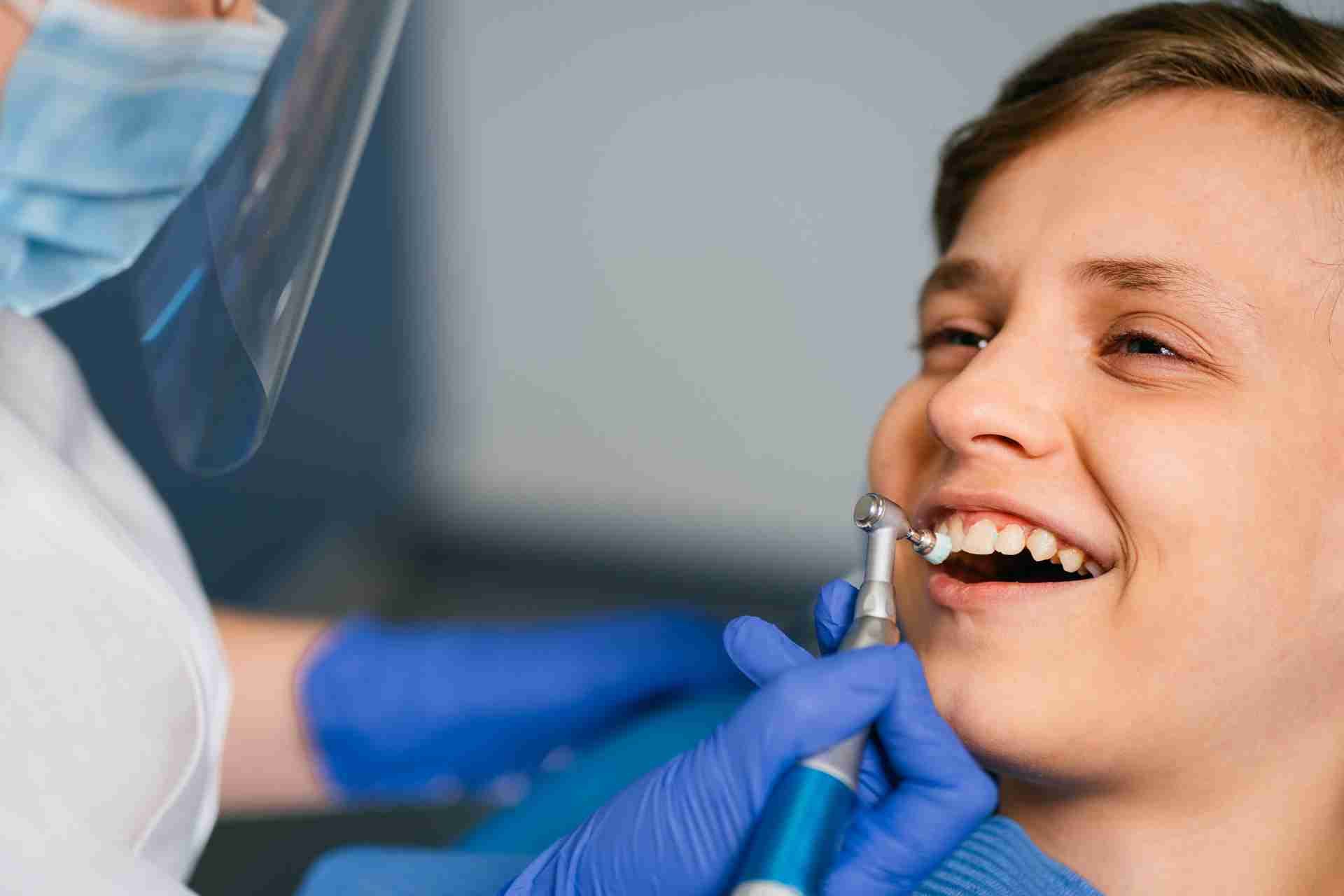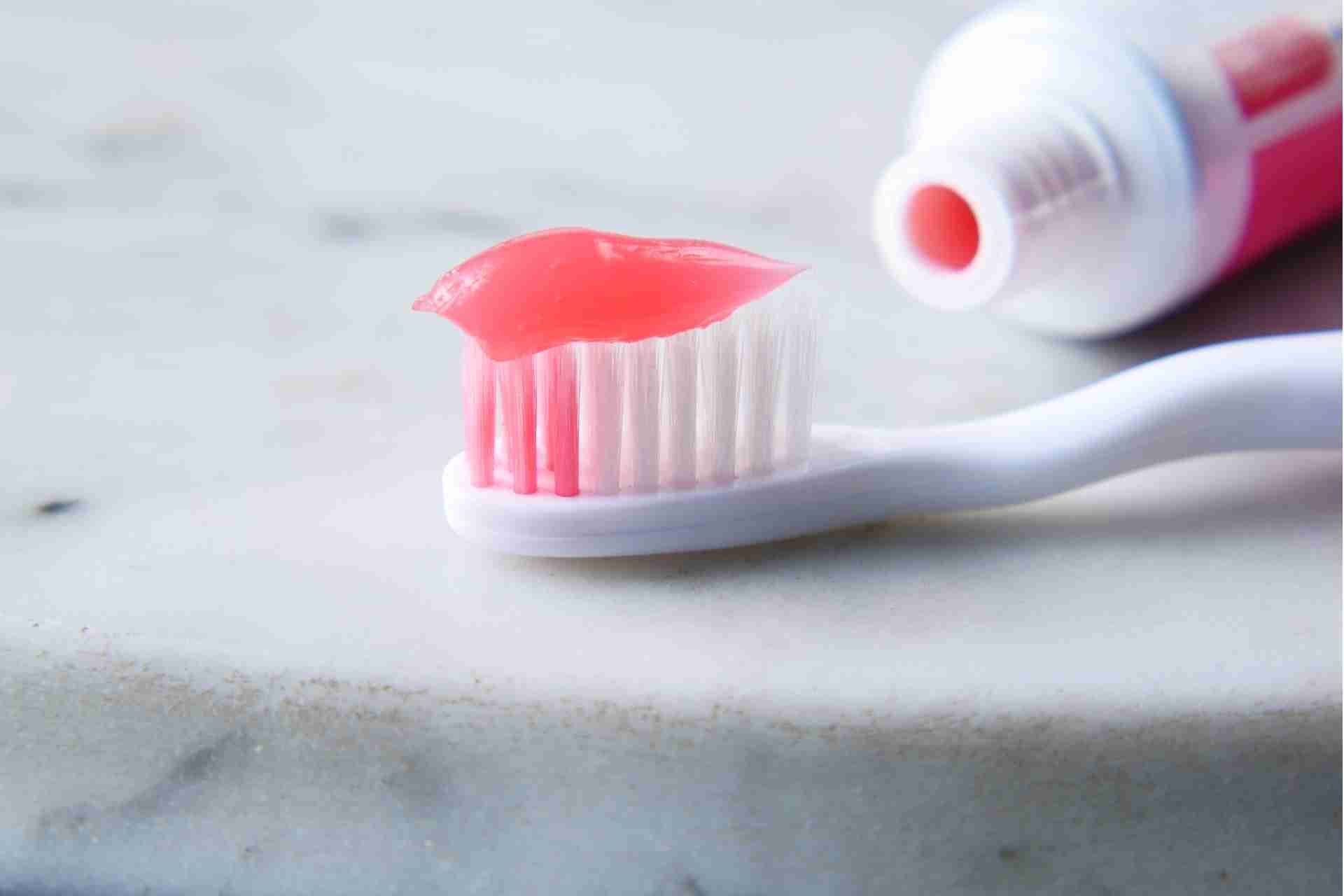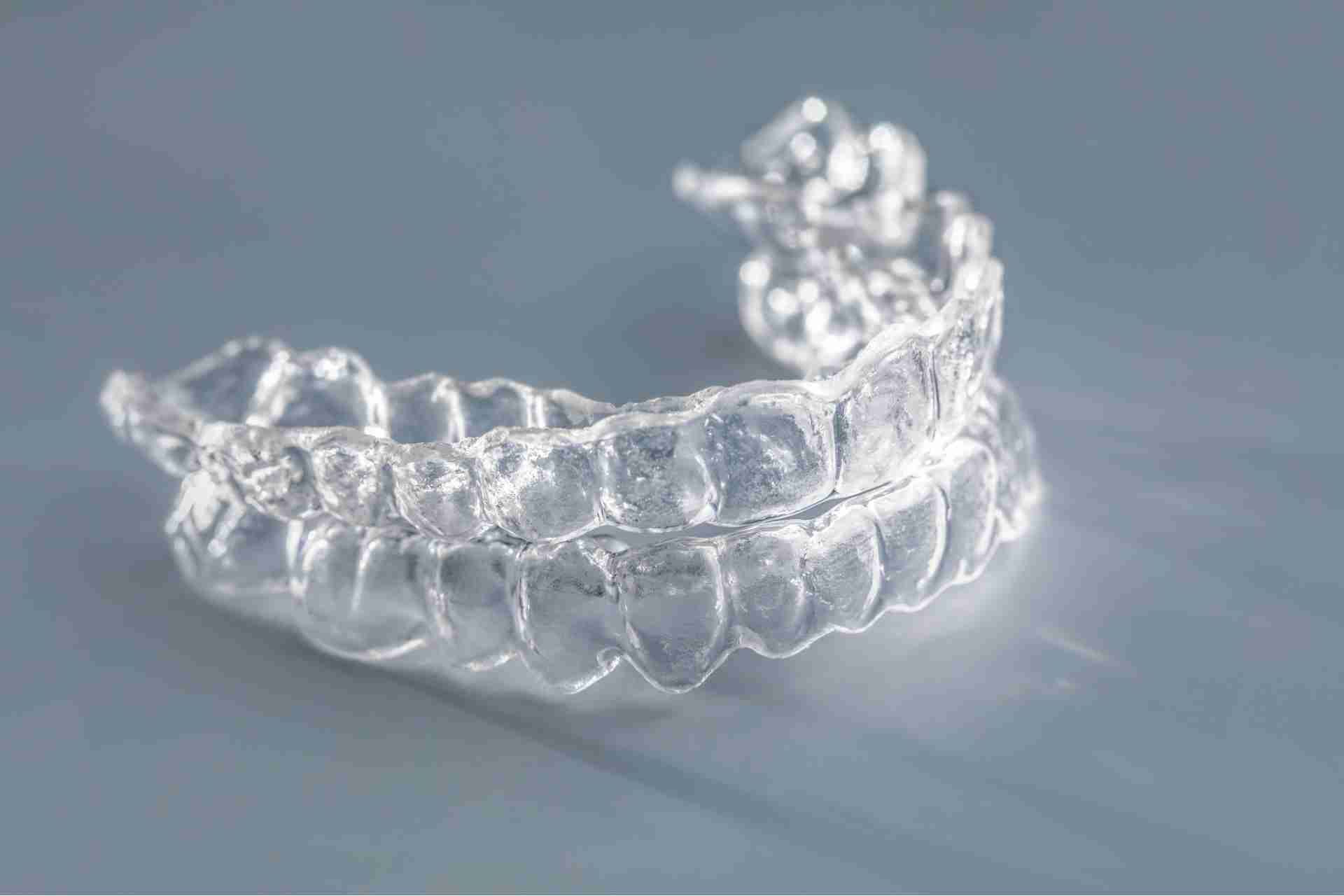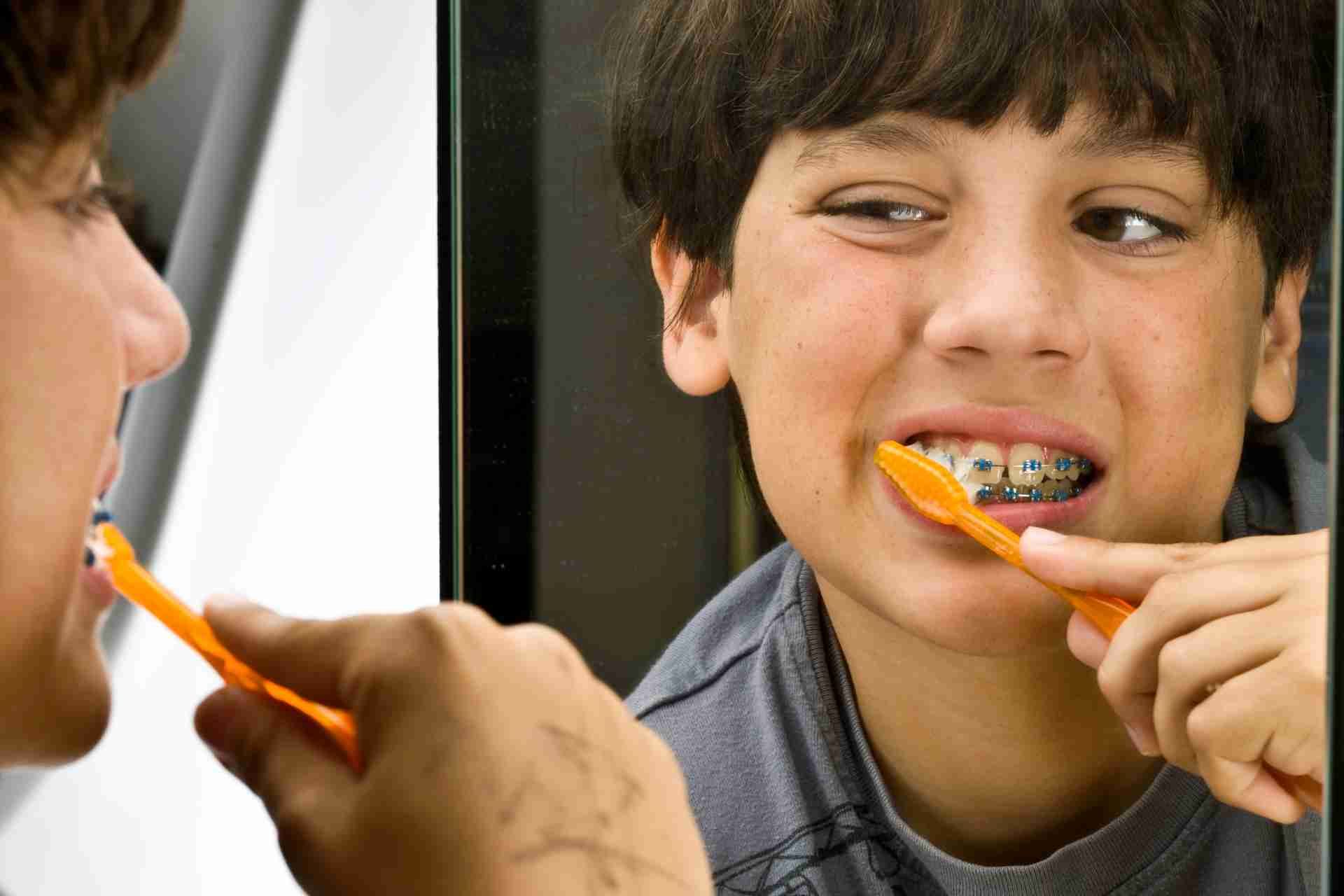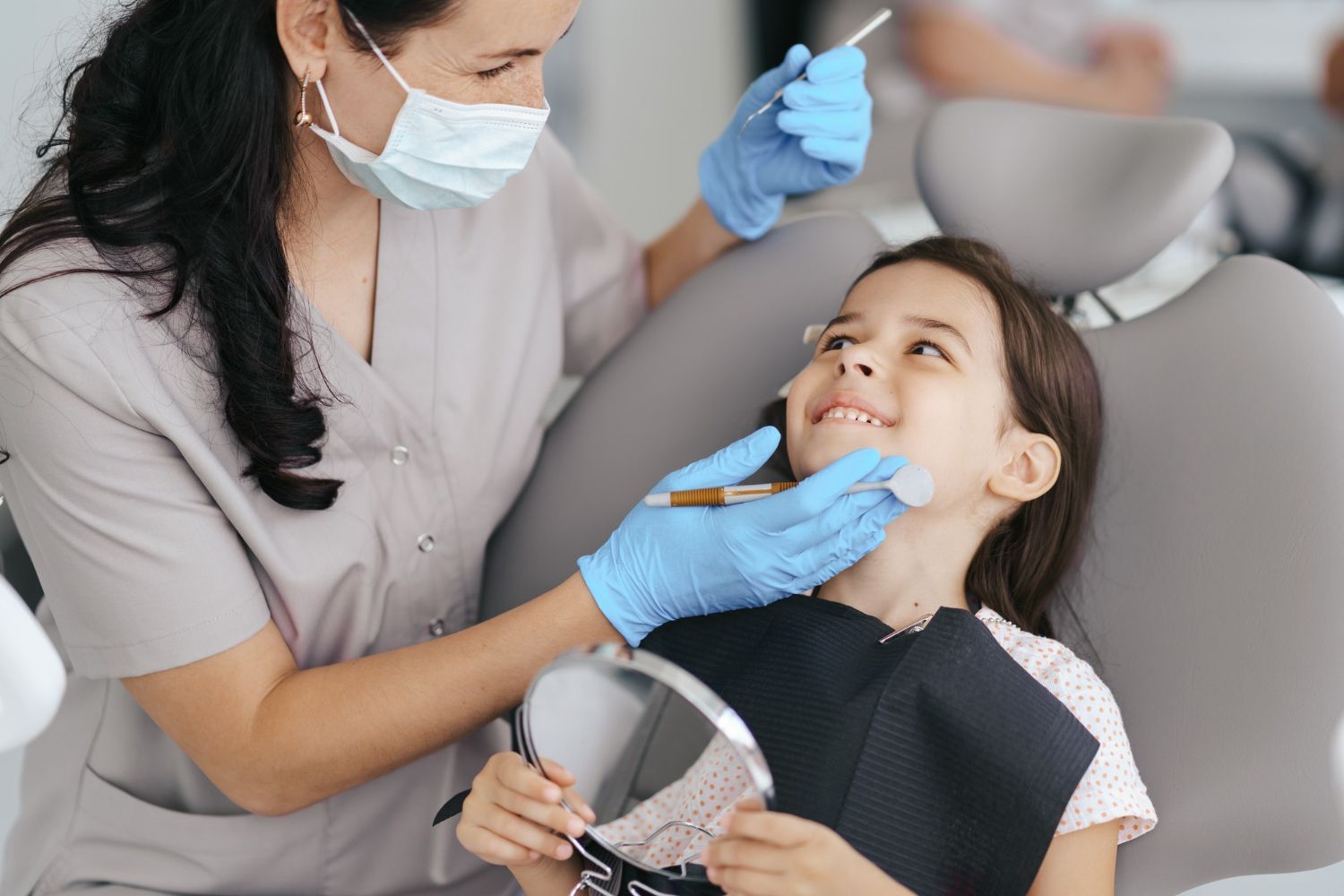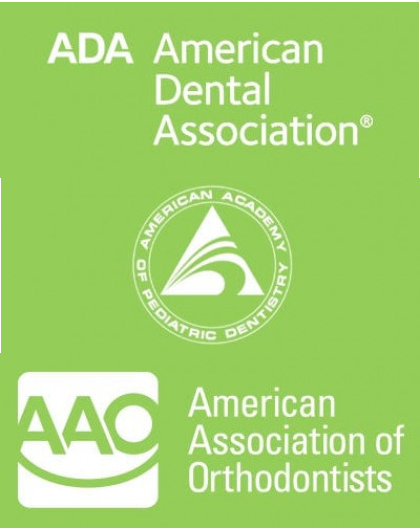Dental Options for Replacing Missing Teeth
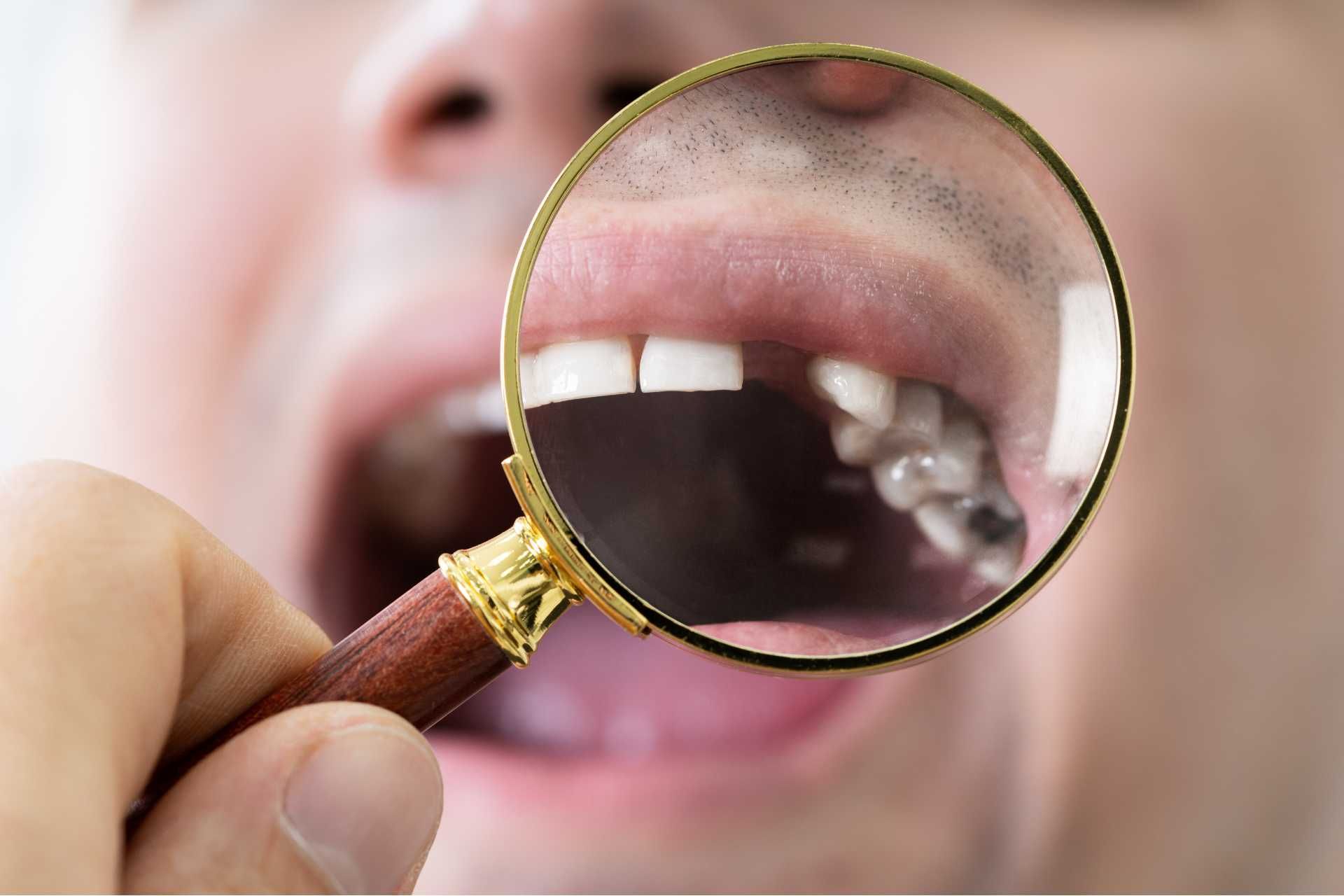
Missing teeth can occur for a variety of reasons, such as decay, injury, or genetics. Losing a tooth can be a traumatic experience, both emotionally and physically. It can affect our appearance, our ability to eat and speak, and our overall confidence. Thankfully, there are several options available for replacing missing teeth that can restore function and aesthetics to your smile.
Learn about the different options for replacing missing teeth and help you make an informed decision about which treatment is best for you.
Dental implants
Dental implants are metal posts or frames that are surgically positioned into the jawbone beneath your gums. Once in place, they allow your dentist to mount replacement teeth onto them. They provide a strong and stable foundation for artificial teeth, allowing them to look and function just like natural teeth. Dental implants are a popular and effective long-term solution for people who are missing one or more teeth.
Fixed dental bridges
Fixed dental bridges are a type of dental prosthesis that are used to replace one or more missing teeth. The bridge is made up of one or more artificial teeth that are attached to existing teeth or dental implants on either side of the gap. Fixed dental bridges are permanent and cannot be removed by the patient. They are commonly made of porcelain or other tooth-colored materials to blend in with the natural teeth. Fixed dental bridges can help restore function and aesthetics to the mouth, as well as prevent the surrounding teeth from shifting out of place.
Removable partial dentures
Removable partial dentures are removable dental appliances that are used to replace one or more missing teeth in a person's mouth. They are typically made of a metal framework with artificial teeth attached to it, and they are custom-made to fit the individual's mouth. Removable partial dentures can restore function and aesthetics to the mouth, allowing the person to chew and speak properly, and to improve their overall appearance. They can be easily removed for cleaning and maintenance.
Full dentures
Full dentures are a type of dental prosthetic used to replace all of the teeth in either the upper or lower jaw, or both. They are typically made of acrylic or a combination of acrylic and metal and are custom-made to fit the individual's mouth.
Full dentures provide a natural-looking and functional replacement for missing teeth, allowing individuals to chew and speak properly. They also help to support the facial muscles, preventing the sunken appearance that can occur with tooth loss.
Implant-supported dentures
Implant-supported dentures are a type of denture that are secured in the mouth using dental implants. These implants are surgically placed into the jawbone and serve as a stable foundation for the dentures to attach to. This provides a more secure and stable fit compared to traditional dentures, reducing the risk of them slipping or shifting while eating or speaking. Implant-supported dentures can also help preserve bone density in the jaw and improve overall oral health. These dentures are often recommended for patients who have lost multiple teeth and are looking for a more permanent solution to replace missing teeth.
Implant-supported bridges
Implant-supported bridges are dental prostheses that are supported by dental implants rather than natural teeth. They are used to replace multiple missing teeth and are a more stable and secure option compared to traditional bridges. Implant-supported bridges are made up of two main components: the dental implants that are surgically placed into the jawbone and the bridge that is attached to the implants. This type of bridge can improve chewing function, prevent bone loss in the jaw, and provide a natural-looking smile.
How to Choose the best option for replacing missing teeth
There are several options available for replacing missing teeth, and the best option for you will depend on various factors such as your oral health, budget, and personal preferences. Here are some tips to help you choose the best option for replacing missing teeth:
1. Consult with a dentist
The first step in choosing the best option for replacing missing teeth is to schedule a consultation with a dentist. A dentist will be able to evaluate your oral health, discuss your treatment options, and recommend the best solution based on your individual needs.
Pennington Orthodontics & Pediatric Dentistry can help you determine the best option for replacing missing teeth. Depending on your specific dental needs and budget, they may recommend options such as dental implants, bridges, or dentures. It's important to
schedule a consultation with their team to discuss your preferences and have a comprehensive examination to determine the most suitable option for you.
2. Consider your budget
Consider how much you are willing and able to spend on replacing your missing teeth. Different tooth replacement options come with different price tags, so it's important to choose an option that fits within your budget.
3. Think about your lifestyle
Consider your lifestyle and how the different tooth replacement options will fit into your daily routine. For example, if you are very active and participate in contact sports, a dental implant may be a better option than a removable denture.
4. Evaluate the long-term benefits
Some tooth replacement options, such as dental implants, offer long-term benefits and can help prevent bone loss in the jaw. Consider the potential long-term benefits of each option when making your decision.
5. Consider the aesthetics
Think about how the tooth replacement option will look in your mouth. Some options, such as dental implants, offer a natural-looking appearance, while others may be more noticeable.
6. Discuss the pros and cons
Talk to your dentist about the pros and cons of each tooth replacement option. Consider factors such as durability, comfort, and maintenance requirements when making your decision.
